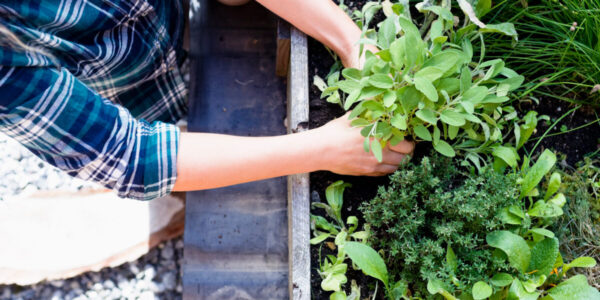
One of America’s Most Outstanding Inns Is an Unassuming New Mexico Lavender Farm
With a deep respect for the Rio Grande Valley’s history and culture, the Rembe family transformed their hacienda and ranch, Los Poblanos, into an inn and organic farm.
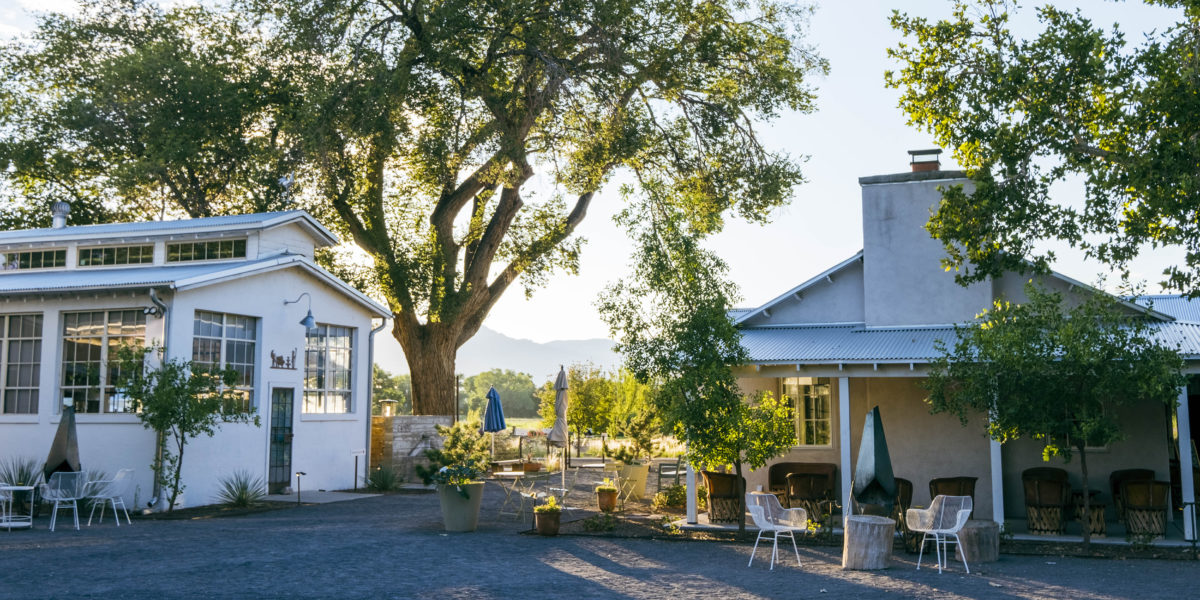
Thomas J. Story
If you’re thinking about spending some time at Los Poblanos, the 45-room historic inn and organic farm in Los Ranchos de Albuquerque, a neighborhood southwest of New Mexico’s capital city in the bosque along the Rio Grande, forget anything you’ve preconceived about the tourist’s journey through New Mexico. Erase your expectations around turquoise and silver belt buckles, Kokopelli figures, and heavy, hanging ristras of dried chiles.
Actually, don’t forget about ristras. They’re the coolest.
But if you’re going to Los Poblanos, it’s best to clear your mind of any clichés around traveling through the Southwest. Make space for something more layered, earthy, and unique to one of the country’s last distinctive places.
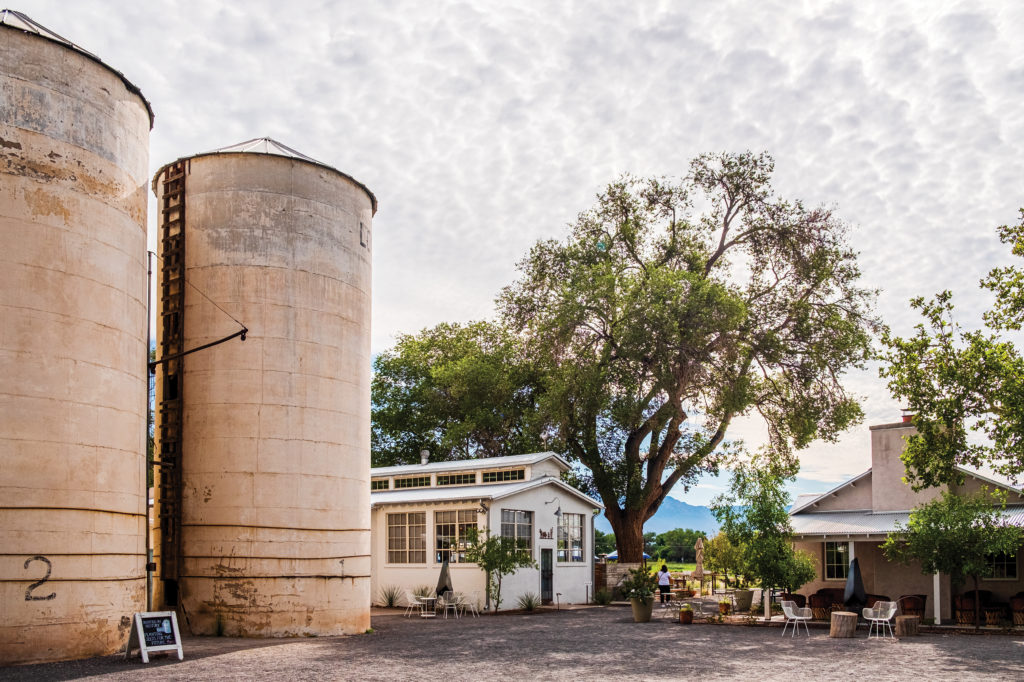
Thomas J. Story
Matt Rembe, who grew up on the property and is now the executive director of the hacienda-turned-hotel, its celebrated restaurant, Campo, and the farm’s thriving lavender business, jokingly calls his hometown the “last un-hip place in America.” And he’s right. It’s so much better than hip.
Roughly eight years ago, when the property had first expanded from a six-room bed and breakfast to a 20-room inn, I booked a stay for my family on the recommendation of my friend, Genevieve, who knows me so well that she didn’t bother with a lengthy pitch about why we should go. “You will love it,” she said. “It’s exactly your kind of thing.”
My kind of thing is well-established among my confidantes, and best described (with some gentle mocking) as “simple fancy.” Allow me to explain: If a design is too simple, it can feel under-planned and uncomfortably spare. If it’s too fancy or contrived, or too “luxury,” it can feel ostentatious and icky. Not many people value restraint these days, and as a result, the “fine hotels” of the world are stuck in an unimaginative loop of glossy marble and crystal chandeliers that feels wrong and boring about 99% of the time. Getting that balance right—equal parts simple and fancy—is an art form. Los Poblanos gets it right.
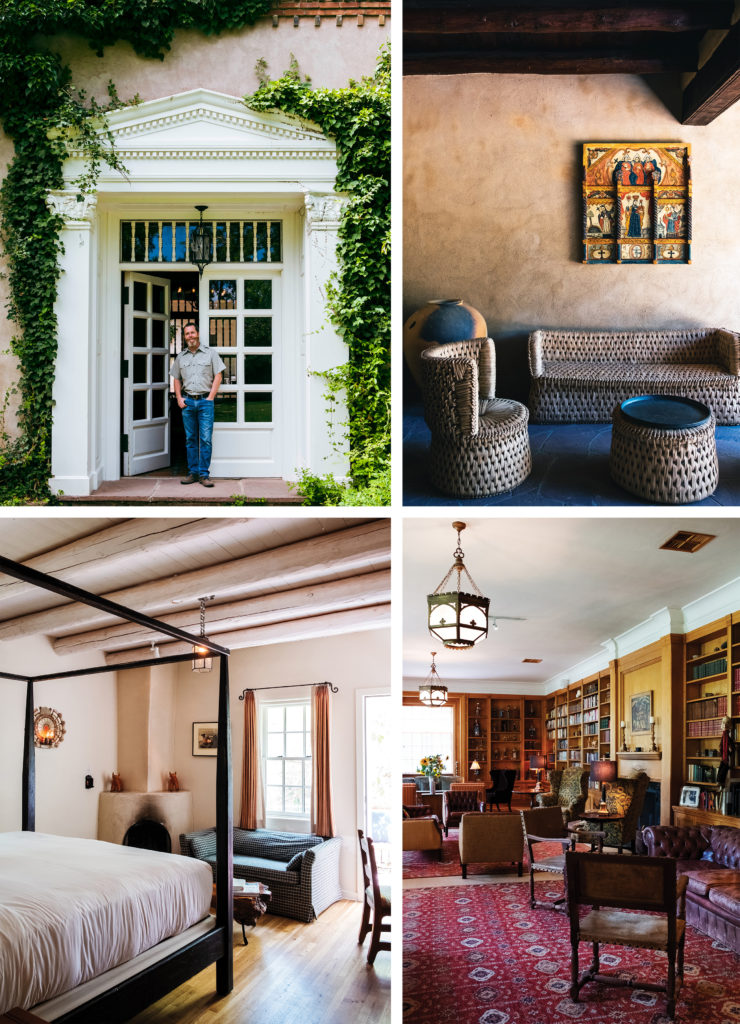
Thomas J. Story
That point is made clear as soon as you drive through the allée of cottonwood and elm trees that line the entrance. You pull in, absorb your surroundings, stroll through the rows of lavender and inhale the scent, look toward the Sandia Mountains, watch and listen to the cranes fly low over the landscape, and admire the 1930s-era farm buildings.
Then you walk inside and notice its collected, vintage light fixtures; smooth, thick walls; thoughtful, quality artwork; and antiques. Nearly everything here that isn’t vintage is handmade locally, and it’s all pulled together in a style that combines refined Spanish Colonial flair with the rustic purpose-led simplicity of ranch life. You can sense, immediately, that you’re immersed in a world of unpretentious ease and good taste.
“That started with my mom,” Rembe says. “Penny puts Martha Stewart to shame.”
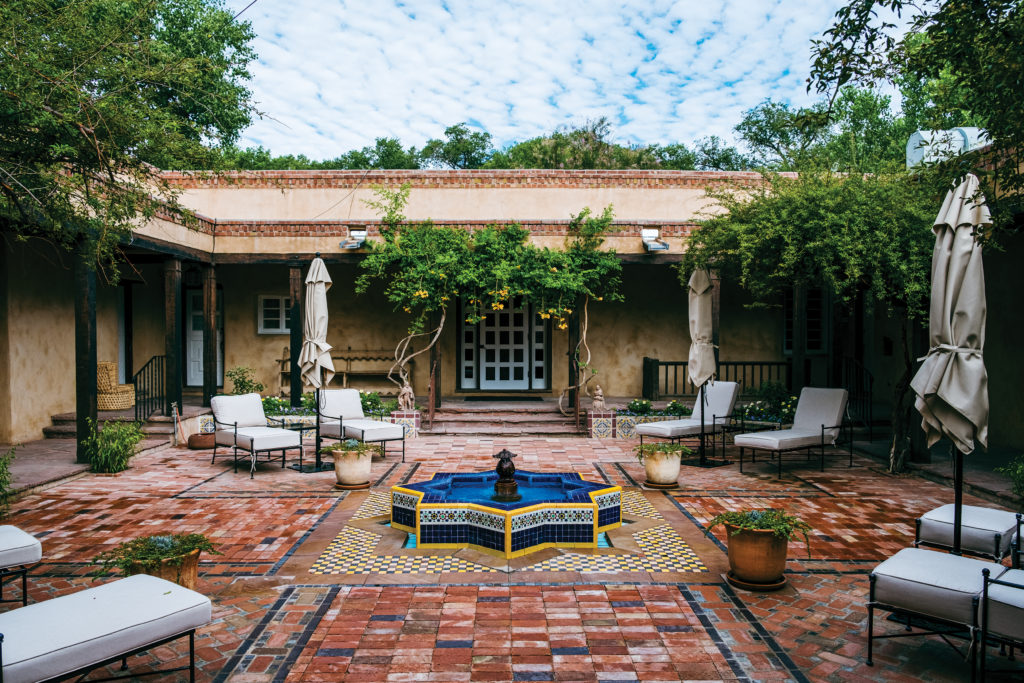
Thomas J. Story
In 1976, Armin and Penny Rembe purchased the John Gaw Meem-designed Pueblo Revival-style hacienda—originally built in 1932 and now home to the inn’s new spa—along with surrounding acreage. Meem, who is known as the godfather of Santa Fe style, combined humble adobe style with colonial formality, creating a mash-up of new and old architecture for which the region is known.
The structure was one of Meem’s residential masterpieces, with a Spanish courtyard that dripped with Lady Banks’ roses and lush greenery, a Moorish fountain, massive carved doors, and kiva fireplaces. “We lived here on about 12 acres,” Matt says, “of a ranch that used to be many thousands of acres.” Armin’s sister, Victoria, and her husband bought another parcel, La Quinta, which is now the site of the Los Poblanos event spaces.
“Farmin’ Armin,” who just passed away last year, was a deeply respected oncologist, rancher, and master beekeeper. Penny, a businesswoman and philanthropist who still lives on the property at age 83, came from a prosperous ranching family in Amarillo, and was a natural host and entertainer. They moved in to work the land, make sure their four children knew how to rope and steer and manage a farm, and restore the 1932 buildings to their former glory.
“When my parents bought the place, they knew the history, and that the buildings were important,” Matt says.
Meem was hired to design the property by Ruth Hanna McCormick Simms, a one-term congresswoman from Illinois who met her husband, Albert Simms, a New Mexico representative, on the house floor. The house was the site of the first swimming pool in the state. McCormick Simms hired famed garden designer Rose Greely to design the formal gardens, featuring vibrant flower beds irrigated with river water, Spanish tile fountains, rose cutting gardens, winding pathways, and those now-mature cottonwood trees.
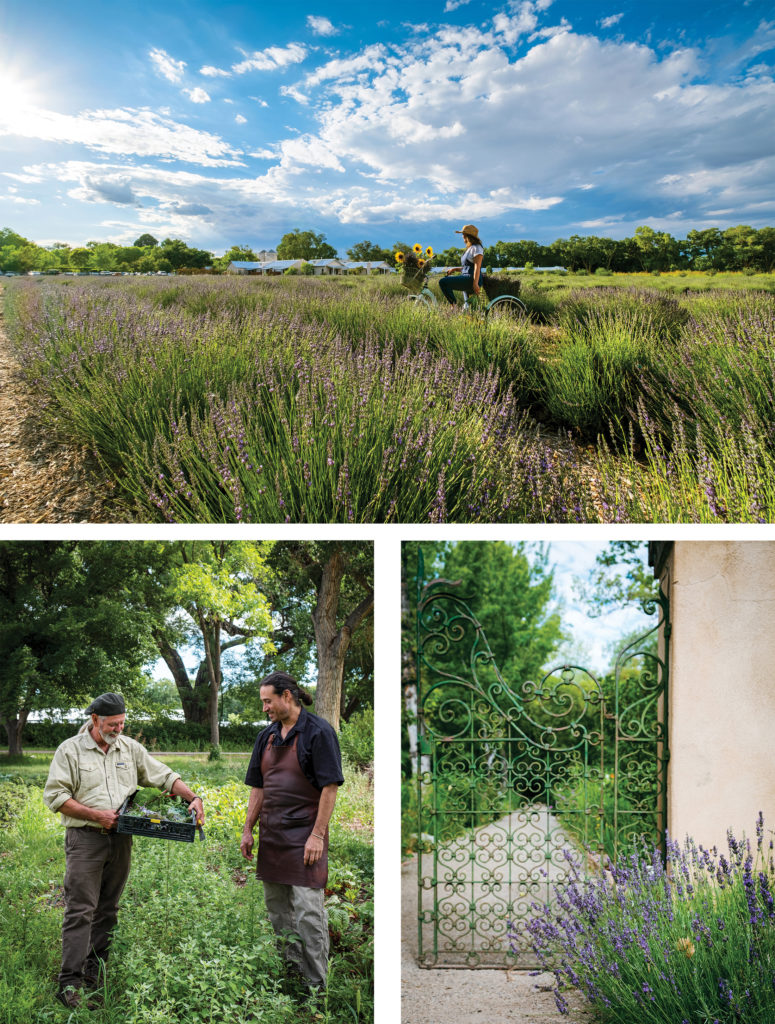
Thomas J. Story
“It was an experimental farm in the 1930s, and we were always progressive and thoughtful and good stewards of the land, caring for the architecture and the gardens,” Matt says. “It’s not too precious here. For one, it’s New Mexico, so that doesn’t really work. We always talk about what’s authentic, and we don’t want to make it feel overly designed.”
The Rembes were empty-nesters in the ’90s when the La Quinta side of the property went up for sale. There were buyers circling who wanted to turn the 10 acres into a subdivision. So the family bought it, and devised a plan to help defray the cost of maintaining a property and farm of that size by turning the hacienda into a small inn.
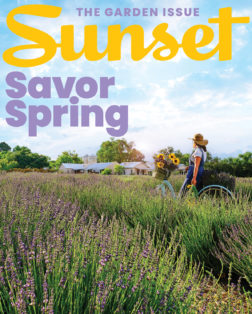
Sunset’s Garden Issue 2022
More from this issue:
- Need Help Taking Care of Your Air Plants? We’ve Got Just the Guy
- Stroll Through Lotusland, the Fantastical Botanic Garden of Your Dreams
- What Happens When the West Coast Barbecue King Sets out to Conquer Fried Chicken?
- Add Some Color to Your Brunch with Edible Flowers
“They had no hospitality or restaurant experience,” Matt says. “It was complicated. There was a lot of overhead. I was working in the art world in New York and had started a small business back in New Mexico. Together, with my siblings, we started looking at agritourism in Europe, using some of those properties as models for how to preserve a place like this without turning it into a nonprofit, which never seems to work with a farm like this one. It took us some time to get the entitlements, and convince the neighbors in our little village that we were more preservation driven than profit driven.”
Over the years, the development of the land into an organic lavender farm and the addition of more rooms and event venues has been painstakingly managed. Historians, landscape architects, and native wildlife and plant experts have been consulted, and the growth of the property reflects this level of consideration and care. The first expansion was led by a Pasadena architect, Stefanos Polyzoides. And the most recent incarnation, which bumped the property up to 45 guest rooms, with 20,000 square feet of communal and work space for a larger restaurant, bar, butchery, bakery, and bigger retail shop, was spearheaded by Shawn Evans, a principal at Atkin Olshin Schade Architects, a firm with offices in Philadelphia and Santa Fe. Evans describes the property as “an oasis in the mountain desert” and a “remarkable hideaway where the past has managed to stay present.”
“The hotel has grown incrementally, which is really important to the success of the place,” says Evans, who points to traditional elements like zaguans, or covered walkways, that connect the structures and are designed to frame the best views for guests, and light-filled courtyards that are protected from harsh exterior elements as some of the ways they kept the new structures connected to the past. “It’s such a treasured place, and the Rembe family had time to really know the place. They understood the landscape, the light, the culture, and the water much more than any architect could. There was family wisdom that’s been passed down to us.”
Evans describes the new buildings as humble but innovative, and they’re able to sit comfortably in the landscape. The firm collaborated with Matt on the interior design, folding in his expertise in art and antiques with their skill in modern materials. As a result, the line between past and present is blurred. “It’s a funny thing as an architect to see how some people are perplexed by the property. They can’t tell what’s new and what’s historic. That’s the mode we like to practice in,” Evans says.
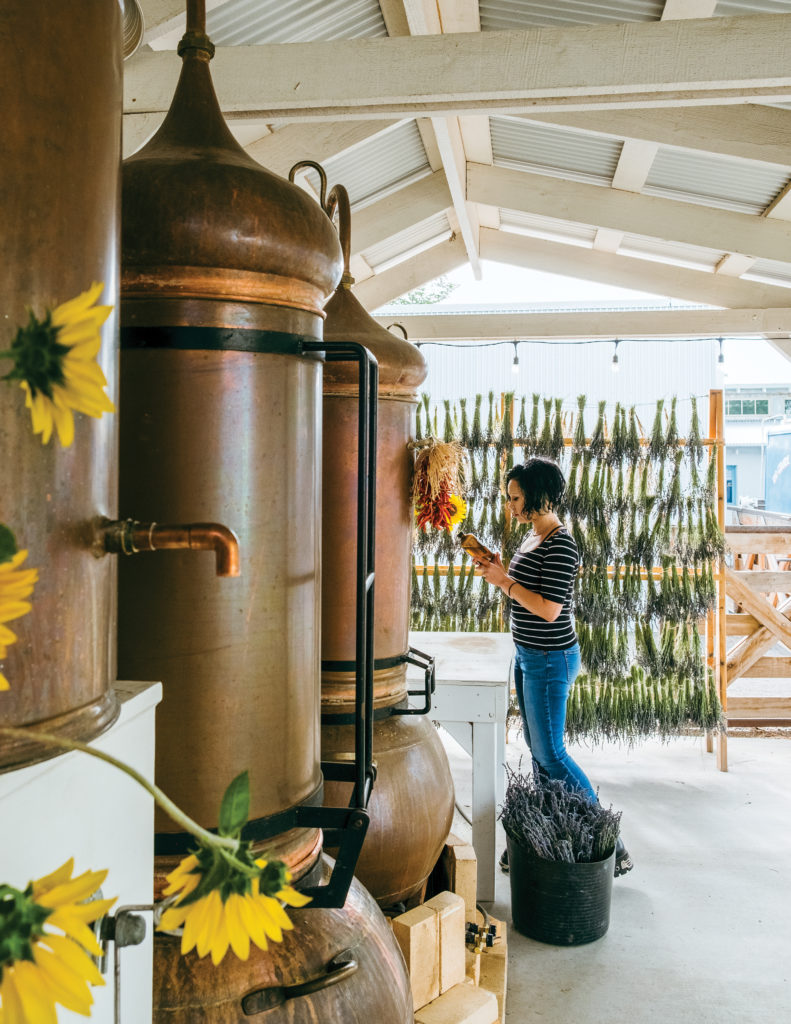
Thomas J. Story
The true magic may lie in the soil, which is rich with river silt. Judith Phillips, an accomplished garden designer, author, and expert on high desert gardens, consulted with the Rembes on both expansions, and worked closely with landscape architect Dennis McGlade on the latest iteration of the farm. The result of her efforts is a paradise for birds and insects like the hundreds of species of local, native bees. There’s a healthy lotus pond and trees growing cherries, apricots, pomegranates, figs, apples, plums, pears, and jujubes. Herbs, artichokes, and cardoons are laced throughout the landscape.
And then there’s the lavender. The climate is just right for the plants to thrive. The Los Poblanos signature soaps, lotions, and salves are sold in about 400 boutiques nationwide, and all of the products are made right in Albuquerque with oil derived from approximately 5,000 lbs. of lavender harvested on the farm and processed in one of two copper stills on property.
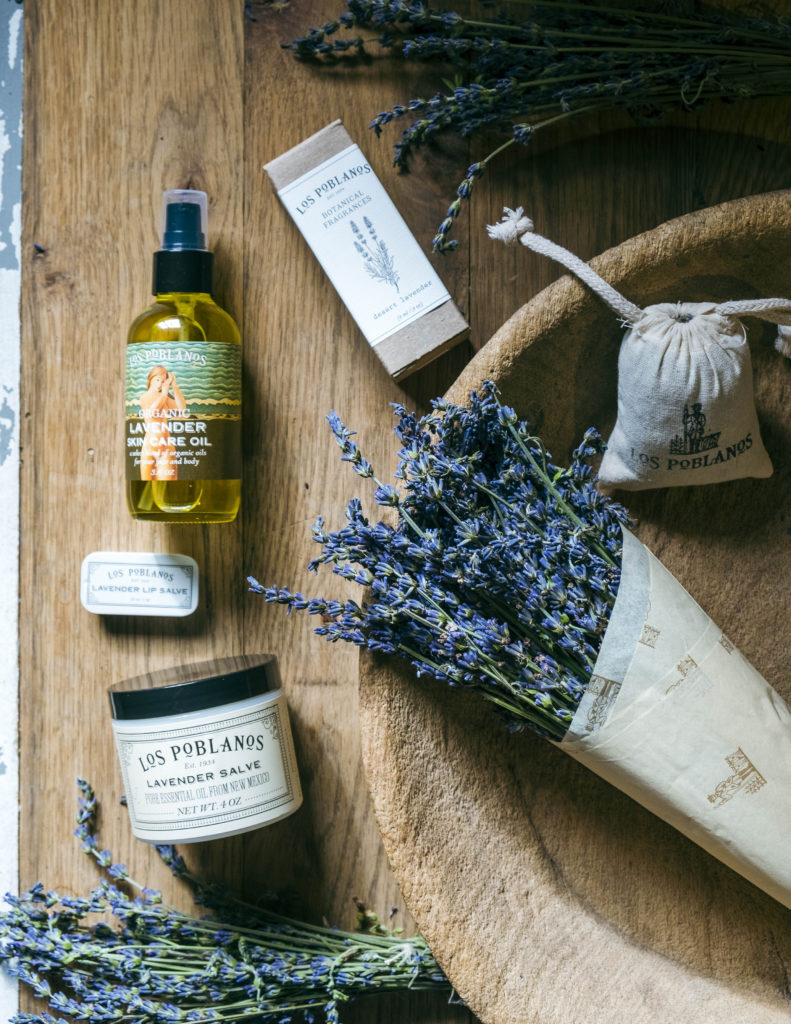
Thomas J. Story
“Gracious living is an art form,” says Philips, who is writing a book about the gardens to be published by the University of New Mexico Press. “I learned from Matt that the best way to preserve something today is to allow gentle use of it. It makes people appreciate the history of the property more. Penny and Armin set a standard there that this current generation is in step with and appreciates. It’s easy to connect the dots between what their children are doing now with what their childhood was like at Los Poblanos. They instilled values in them. And Penny just knows how to be a hostess.”
After our family visit, I was so impressed by the graceful farm-inspired rooms that I came home and transformed our collapsing backyard garage into a barn of my own. In the middle of Los Angeles. If you’re as charmed as I was by Los Poblanos, you don’t have to hire a contractor and embark on a major remodel. You can invite some of that magic into your home by buying one of the many farm products they’re introducing in addition to the lavender line. Using produce from the fruit trees and vegetables grown there, and the know-how of the Campo chefs, they’re making condiments like green chile jam with modern New Mexican flavors.
“Gracious living is an art form. The best way to preserve something today is to allow gentle use of it.”
Judith Phillips
Over the years, I’ve made a couple of unsuccessful attempts to return to the inn to revel in its latest incarnation, including a milestone birthday celebration that was canceled abruptly by a global pandemic. But if I close my eyes and concentrate, I can smell the bosque—the spicy piñon, the musky scent of the cottonwood leaves, and the sweet, astringent lavender—and be whisked right back to the high desert, and a small corner of land where the past and present collide in the most memorable way.
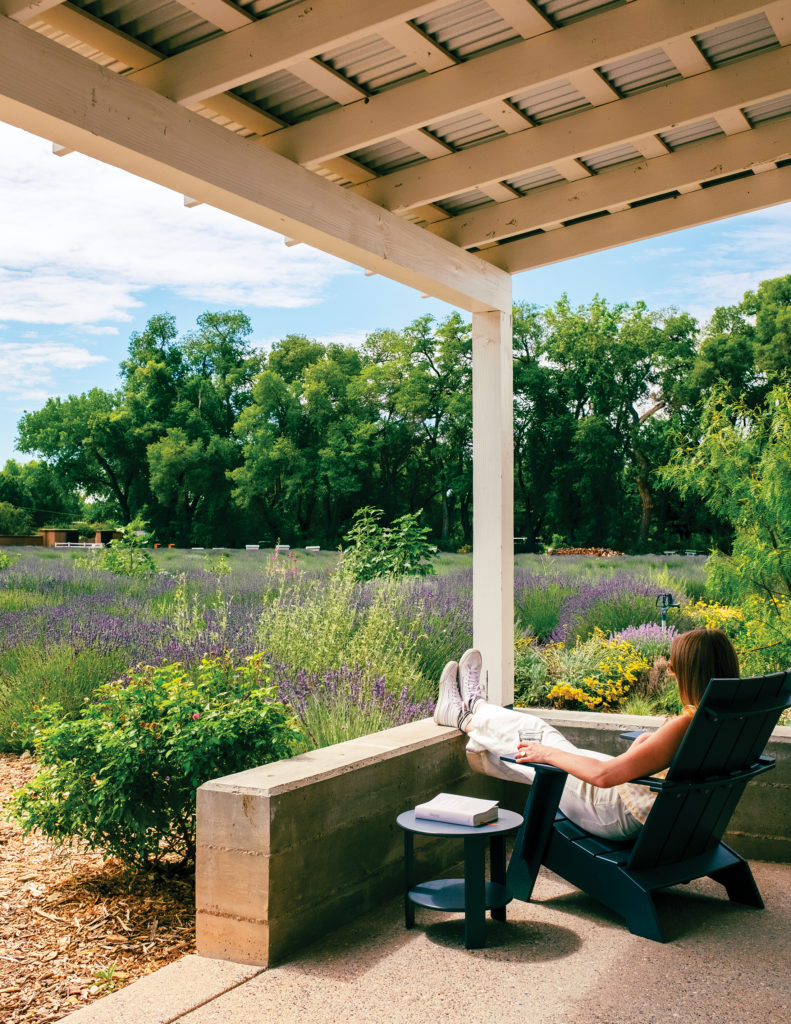
Thomas J. Story
